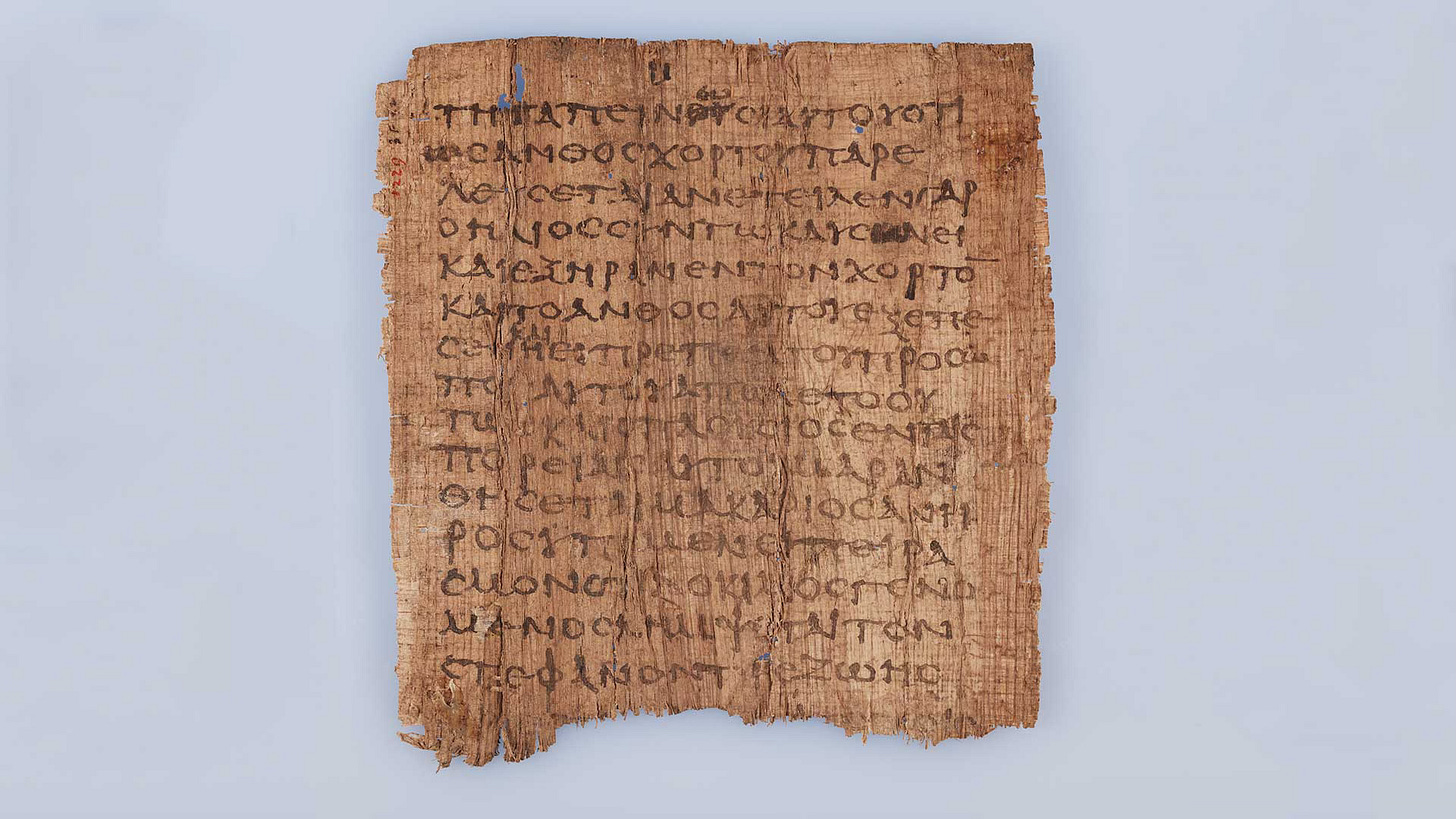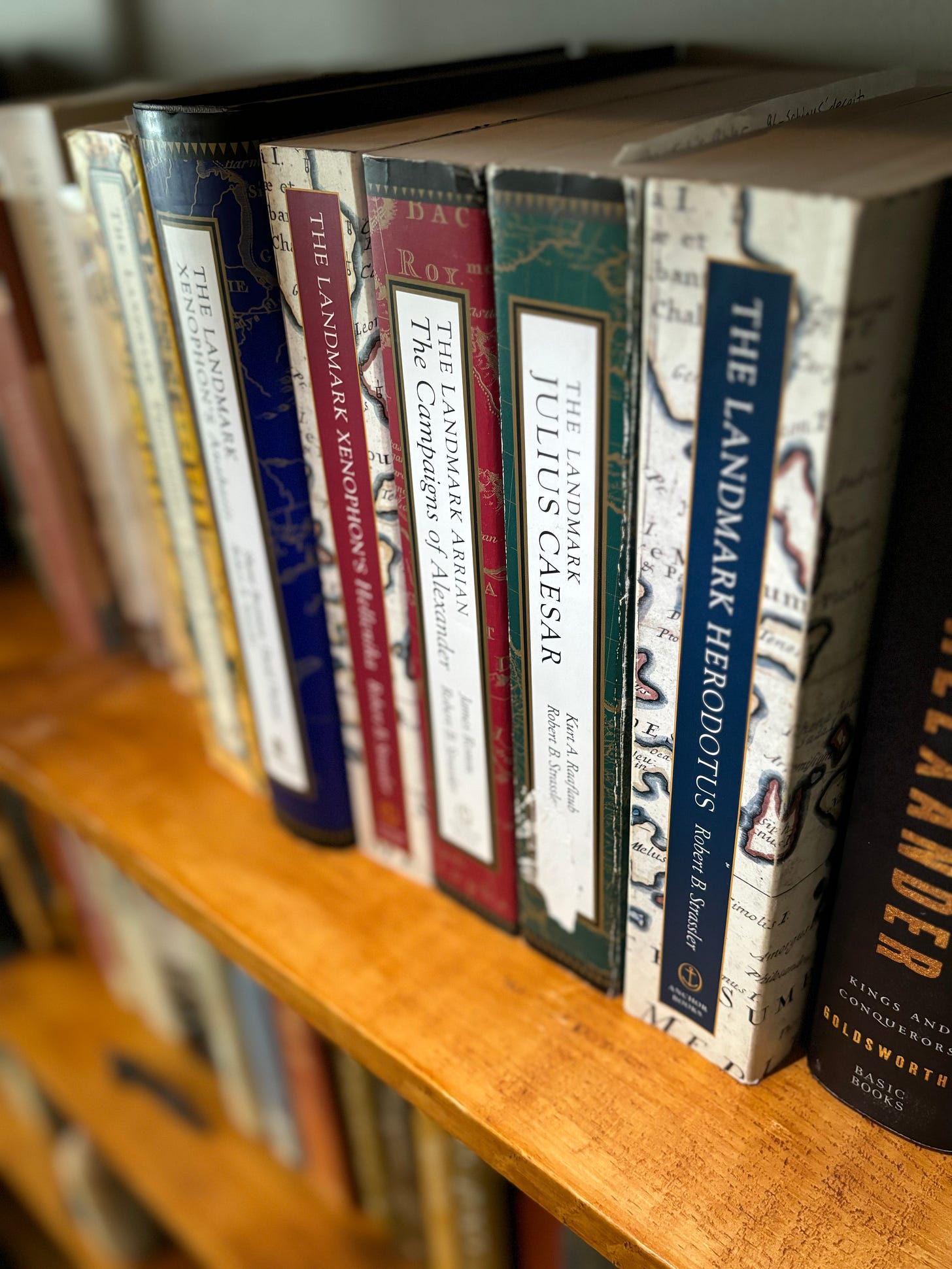If you were asked ‘Why do you believe in the Bible?’, what would you say?
A common answer may be ‘because the Bible is God’s Word.’ As Christians, we would say “Amen!” But let’s dig a little deeper and show evidence for this assertion. The Bible is believable because it is completely true, well preserved, and is unlike any other book in the world. Some religions espouse blind faith, belief without evidence, but the Bible can be validated in multiple ways.
Let us focus on one specific aspect of how the Bible is unique: Its preservation. There have been ridiculous claims that the transmission of the Bible is comparable to the game of telephone. This well-known game begins with one individual whispering a specific sentence to the person next to them, and they whisper what they heard to the next individual, and so on. It becomes humorous when the message inevitably changes down the line, so much so that the end result is vastly different than the original sentence. This analogy, however, is not how the Bible came to be.
We must first walk through textual studies to understand how the Bible is unique in its history and preservation. All ancient books begin with an ‘autograph,’ the very first original document. These documents were mostly written on papyrus (an ancient form of paper made from papyrus plants) or parchment (animal skins). Over time the autographs would wear down, so copies were made. Virtually no autographs remain, only the copies exist, called manuscripts (MSS). MSS can be entire books or merely a few sentences, therefore, size may vary. MSS are significant for two primary reasons: the preservation of ancient books and the foundation for translations into modern languages.
The study of MSS is called ‘Textual Studies.’ Textual studies first observe how many MSS a particular document has, then attempt to pinpoint which copies are the oldest. Let us use Julius Cæsar as an example. The existing number of MSS for Cæsar’s corpus is around 250.
Next, it is important to locate the oldest MSS to understand which copies are nearest to the original writing.1 From here scholars can study the consistency of MSS as they were copied and transmitted over the centuries. Cæsar’s autograph, the original document which has long disappeared, was completed near 45 BC, and the oldest copy available dates to c. AD 900. That is a gap of nearly 1000 years from the autograph to the oldest copy. Therefore, there is approximately a 1000-year period where scholars do not know if any changes were made from the original to the oldest surviving copy. However, scholars have nearly 250 MSS to work with to produce a reliable edition of Cæsar’s book.
How does the Bible stack up to Cæsar and other books of history? We must first recognize that numerous ancient works are incomplete or entirely lost.2 Therefore, it is significant if a document exists at all.
Here are a few examples of classical books and their MSS data.
Herodotus the Father of History: 109 MSS with a 1,350-year gap between autograph and oldest copy.
Plato the Philosopher: 210 MSS with a 1300-year gap.
Sophocles the Playwright: 193 MSS with c. 150-year gap.
Homer’s Iliad: 1800 MSS with c. 400-year gap.
A longer list would show a wide range of data, but it is common to see gaps of multiple centuries between autographs and copies. MSS numbers have increased over the last couple of decades. Previously, if an ancient work had 10 MSS that was considered outstanding, and anything above 100 was exceptional. Although many classical works, Cæsar’s corpus for instance, have seen more MSS discoveries, there are still numerous documents with less than a dozen copies.3 Out of all books from antiquity, Homer’s Iliad boasts the second highest number of MSS, with nearly 1800.
That was a large amount of content! But here is the importance: The Bible, specifically the NT, demolishes all other competition. Here are four facts that show the superiority of the Bible compared to other ancient books. NT MSS are…
Early: The content was written down shortly after the events took place.4
Many: The NT has approximately 25,000 MSS!5 Remember, second place on the MSS number chart is the Iliad at 1800. The NT greatly exceeds all other books of antiquity.
Consistent: There is high consistency amongst the various MSS. Meaning, the copies are consistent and reliable.
Complete: We have the entire NT. What we have today is what the early church considered Scripture all those centuries ago, nothing has been lost.
In addition to the vast number of MSS, the NT could be largely ‘reconstructed’ by quotations from early preachers.6 Therefore, the witness of the NT is firmly grounded in MSS (copies) and also the books and letters of early preachers. If these items were like links in a chain, then the NT would have a strong and unbroken chain dating back 2000 years. These facts show that the NT copies have been accurately transmitted over the centuries, giving Christians confidence that God’s Word has not been altered.
To conclude, the NT is unlike any book in history, but why do these facts matter?
Because the MSS evidence shows that the Bible is completely preserved and forever settled. The analogy of the game of telephone compared to the Bible’s transmission falls short when the historical evidence is examined.
To deny the historicity of the Bible would require one to also deny all knowledge of the classical world, since attestation of the Bible far outweighs every other ancient work.
The MSS and their consistency show the Bible to be reliable and stable in its transmission. However, a question forms: what if the Bible is merely well-preserved error? The Iliad, for example, is the runner-up for the highest number of MSS, yet many consider it to be a book of mythology. Could it be said that even though the Bible has thousands of MSS, the content inside those MSS are simply legends and fairytales?
That issue will be the topic of our next post.
It is not always the case, but presumably the copies closest to the time of the original writing will be the most accurate.
The only reason we know of someone like Manetho, for example, is because other ancient authors quoted him.
Cæsar’s corpus formally numbered at 10 MSS in contrast to the current 251.
It is common to see ancient historical accounts written down centuries after the events took place. However, NT books were written within decades of the events.
There are approximately 6,000 Greek MSS, and nearly 20,000 MSS of various languages.
They are sometimes called Early Church Fathers, I simply refer to them as early preachers. Nearly the entire NT could be restored by collecting the thousands of NT quotations from their works.
Recommendations
McDowel: Evidence that Demands a Verdict. This book is packed with data, a little dated on the MSS numbers, but the concept of the superiority of the NT over other works is the same.
Holden: The Comprehensive Guide to Apologetics. This book is similar to the McDowel’s, there are a few chapters that deal with MSS and the NT’s reliability.
A few more blogs you should look into…







There is no blind faith here, just overwhelming evidence. Excellent article.
Scholarly and well written. 👌🏼